Kale is packed to the brim with many unique and potent phytochemical compounds that have a meaningful role to play in promoting human health and longevity.
This role is achieved, in part, by protecting our bodies from different types of damage on the molecular level and thereby reducing our risk of serious chronic conditions such as heart disease and cancer.
And while no single food can solely protect you from developing these ailments, it’s no coincidence that kale finds itself on the American Institute for Cancer Research’s (AICR’s) list of Foods That Fight Cancer™.
That brings me to a special announcement—I’m going to be collaborating on some content going forward with AICR, an organization that I’ve admired from afar for some time and have often cited their evidence-based nutrition reports and summaries on the prevention of different types of cancers.
In today’s article, I will highlight the unique antioxidant compounds found in different types of kale. Next time when you take a bite of my favorite vegetable, you know exactly what you are getting under the surface.
Let’s get right into it!
Glucosinolates
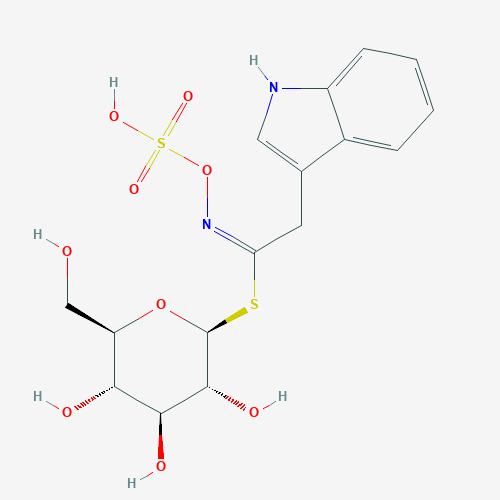
Glucosinolates are a group of sulfur-containing compounds that are found in a limited number of foods including vegetables like broccoli, kale, cabbage and cauliflower.
They have a strong anti-inflammatory and antioxidant capacity in the body and are activated by chopping or chewing and by the healthy bacteria in the human gut.
Fun Fact: Glucosinolates are found in higher concentrations in red kale than green kale.
Polyphenols/Phenolics
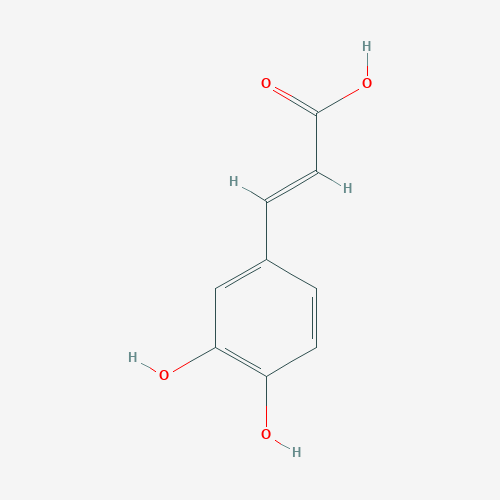
Phenolics are a family of compounds found in plant foods that have a similar chemical structure as glucosinolates, and are known to act as potent antioxidants in the human body.
Caffeic acid (pictured right) is one of many phenolic compounds found in kale and is a strong antioxidant that has demonstrated potential to slow cancer-cell growth in a laboratory setting.
Polyphenols, which are also found in kale, are slightly more complex compounds made from multiple phenolics.
If you’d like to learn more about the scientific evidence surrounding these compounds I recommend checking out this resource on leafy green vegetables from AICR.
There are many different types that exist in all sorts of plant foods such as seasonings, fruits, nuts, seeds and even beverages like coffee and tea.
Yep, you heard that right, seasonings like rosemary and thyme contain plenty of these potent compounds.
Polyphenols, as I discuss in one of my previous posts, have also gained some scientific recognition for their potential “pre-biotic” effect in the human body—which essentially means they may serve as a source of food or “fuel” to help our healthy gut bacteria thrive.
Fun Fact—Red and purple kale contain high amounts of anthocyanins (the polyphenols that provide their color), which is the same group of antioxidant compounds found in large concentration in blueberries.
Chlorogenic Acid
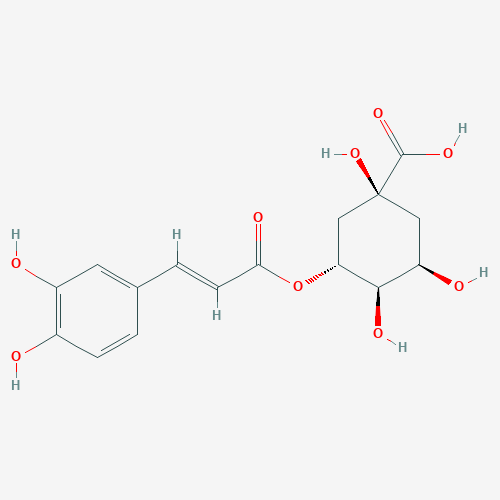 You may have heard that coffee provides more antioxidants in a typical diet than most foods?
You may have heard that coffee provides more antioxidants in a typical diet than most foods?
Well, chlorogenic acid is one of the major compounds found in coffee and it also happens to be found in high supply in kale, too.
Some observational studies suggest that regular coffee intake may contribute to a reduced risk of type 2 diabetes, and chlorogenic acid in coffee may have a role to play in improving how our body metabolizes and manages glucose levels.
More research will be required, but it’s certainly a fascinating area of future study.
Fun Fact—AICR identifies coffee (a rich source of chlorogenic acid) as potentially protective against liver cancer.
Quercetin
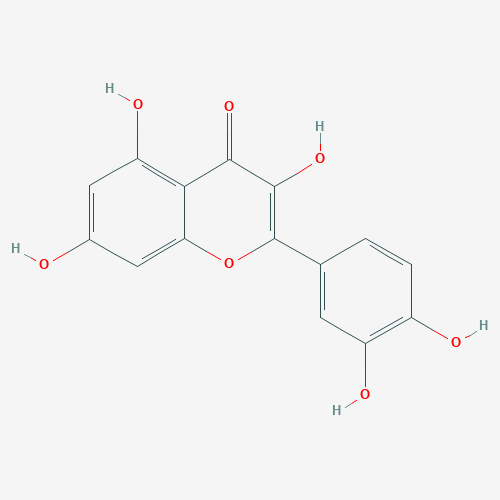 Quercetin is a well-studied compound from the flavonoid family of phytochemicals that have strong antioxidant capabilities and may positively influence signaling mechanisms within human cells.
Quercetin is a well-studied compound from the flavonoid family of phytochemicals that have strong antioxidant capabilities and may positively influence signaling mechanisms within human cells.
Quercetin is known to act as an antioxidant that can help to neutralize free radicals that may cause cellular and DNA damage along with having anti-inflammatory properties.
Quercetin is also found in meaningful quantities in other plant foods like onions, apples, cauliflower and lettuce.
Fun Fact—This compound has also been studied—mainly in isolated cells and animals so far—for potential to reduce inflammation in endometriosis.
Lutein
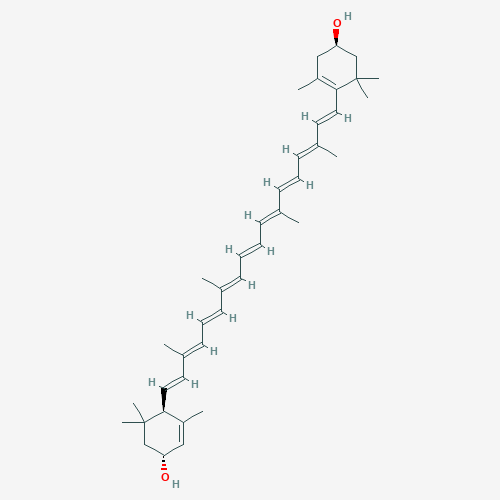 Lutein is a member of the carotenoid family of compounds to which beta-carotene (the compound that gives carrots and sweet potatoes their orange glow) also belongs.
Lutein is a member of the carotenoid family of compounds to which beta-carotene (the compound that gives carrots and sweet potatoes their orange glow) also belongs.
Like the other compounds mentioned so far, lutein is a potent antioxidant that has been studied frequently for a potential role in the prevention of certain types of cancer but is also uniquely distinguished by the fact it may be an especially useful compound to consume to support good vision with age.
Fun Fact—Lutein is also found in egg yolks, which is quite unique considering the vast majority of antioxidant compounds tend to come from plant foods. Egg yolks are also one of the very few naturally occurring sources of vitamin D!
Final Thoughts and Next Steps
I hope you both enjoyed and found value in this article that was inspired by my love for kale.
There is no denying that kale, like many of the other plant foods mentioned here today, contains a plethora of phytochemical compounds that are not only cancer protective but also support our general health and quality of life.
I have to offer a special thank you to AICR for inviting me to collaborate with them on rewarding content like this and I’m thrilled to be able to say there will be more where this came from.
If you’re feeling inspired to bring more kale into your life, I recommend taking a look at AICR’s delicious kale recipes like this Warm Kale Salad or Kale with Sweet Corn along with other recipes that feature kale as the main ingredient here.
I’ve also got a pretty sweet salmon and kale teriyaki bowl as well as a black-eyed pea kale bowl recipe on my own website as well.
Enjoy!
References and Further Reading for Fellow Kale Lovers:
- Satheesh N, Workneh Fanta S. Kale: Review on nutritional composition, bio-active compounds, anti-nutritional factors, health beneficial properties and value-added products. Yildiz F, ed. Cogent Food & Agriculture. 2020;6(1). doi:10.1080/23311932.2020.1811048
- Nemzer B, Al-Taher F, Abshiru N. Extraction and Natural Bioactive Molecules Characterization in Spinach, Kale and Purslane: A Comparative Study. Molecules. 2021;26(9):2515. doi:10.3390/molecules26092515
- Šamec D, Urlić B, Salopek-Sondi B. Kale (Brassica oleracea var. acephala) as a superfood: Review of the scientific evidence behind the statement. Critical Reviews in Food Science and Nutrition. 2018;59(15):2411-2422. doi:10.1080/10408398.2018.1454400
- Giorgetti L, Giorgi G, Cherubini E, et al. Screening and identification of major phytochemical compounds in seeds, sprouts and leaves of Tuscan black kale Brassica oleracea (L.) ssp acephala (DC) var. sabellica L. Natural Product Research. 2017;32(14):1617-1626. doi:10.1080/14786419.2017.1392953
- Bárcena A, Martínez G, Costa L. Low intensity light treatment improves purple kale (Brassica oleracea var. sabellica) postharvest preservation at room temperature. Heliyon. 2019;5(9):e02467. doi:10.1016/j.heliyon.2019.e02467
- Gunnars, K. 10 Health Benefits of Kale. Healthline. Published June 29, 2018. https://www.healthline.com/nutrition/10-proven-benefits-of-kale#TOC_TITLE_HDR_3
- Jeon J, Kwang Kim J, Ran Kim H, Jeong Kim Y. Transcriptome analysis and metabolic profiling of green and red kale (Brassica oleracea var. acephala) seedlings. Food Chemistry. 2018;241:7-13. doi:10.1016/j.foodchem.2017.08.067/Abstract
- Michalak M, Szwajgier D, Paduch R, Kukula-Koch W, Waśko A, Polak-Berecka M. Fermented curly kale as a new source of gentisic and salicylic acids with antitumor potential. Journal of Functional Foods. 2020;67:103866. doi:10.1016/j.jff.2020.103866





